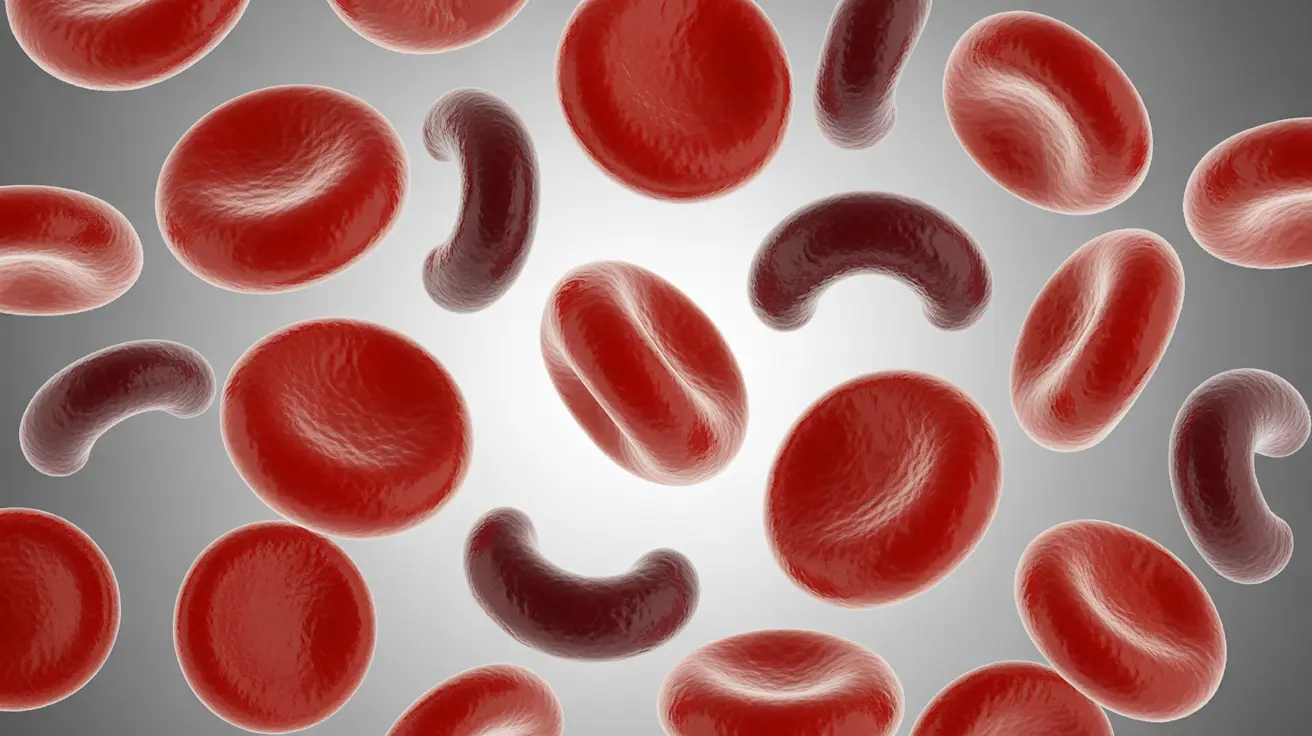Anemia is a common blood condition that affects millions of people worldwide. Understanding the different types of anemia is crucial for proper diagnosis and treatment. This comprehensive guide explores various forms of anemia, their causes, symptoms, and available treatment options to help you better understand this important health condition.
What is Anemia and How Does it Develop?
At its core, anemia occurs when your body doesn't have enough healthy red blood cells to carry adequate oxygen to your tissues. This can happen through various mechanisms, leading to different types of anemia, each with its own unique causes and treatment approaches.
Iron Deficiency Anemia
Iron deficiency anemia is the most common type of anemia worldwide. This condition develops when your body lacks sufficient iron to produce hemoglobin, the protein in red blood cells that carries oxygen throughout your body.
Common Causes of Iron Deficiency Anemia
- Blood loss (especially in menstruating women)
- Insufficient dietary iron intake
- Poor iron absorption
- Pregnancy
- Chronic health conditions
Treatment Approaches
- Iron supplementation
- Dietary changes to include iron-rich foods
- Treatment of underlying conditions
- In severe cases, iron infusions or blood transfusions
Vitamin Deficiency Anemias
These types of anemia develop when your body lacks essential vitamins needed for red blood cell production, particularly vitamin B12 and folate.
B12 Deficiency Anemia
Also known as pernicious anemia, this condition occurs when your body can't absorb enough vitamin B12. Common symptoms include fatigue, weakness, and neurological problems.
Folate Deficiency Anemia
This type develops when you don't get enough folate (vitamin B9) in your diet or have difficulty absorbing it. Pregnant women are particularly at risk for this type of anemia.
Inherited Anemias
Some types of anemia are inherited and affect how your body produces or maintains red blood cells.
Sickle Cell Anemia
This inherited condition causes red blood cells to become crescent-shaped, leading to blocked blood flow and shortened cell life span. It primarily affects people of African descent.
Thalassemia
This genetic condition affects how the body makes hemoglobin, resulting in fewer functioning red blood cells. It's more common in people of Mediterranean, African, and Southeast Asian ancestry.
Lifestyle Management and Prevention
Many types of anemia can be prevented or managed through lifestyle changes and proper nutrition. Key strategies include:
- Eating a balanced diet rich in iron, B12, and folate
- Regular medical check-ups
- Addressing underlying health conditions
- Taking prescribed supplements as directed
- Following medical treatment plans consistently
Frequently Asked Questions
What are the different types of anemia and what causes each type?
The main types include iron deficiency anemia (caused by lack of iron), vitamin deficiency anemias (from B12 or folate deficiency), and inherited anemias like sickle cell and thalassemia (genetic causes). Each type has specific triggers and risk factors that affect red blood cell production or function.
How is iron deficiency anemia diagnosed and treated?
Iron deficiency anemia is diagnosed through blood tests checking hemoglobin levels and iron stores. Treatment typically involves iron supplementation, dietary changes, and addressing underlying causes of iron loss or poor absorption.
What symptoms should make me suspect I have vitamin B12 or folate deficiency anemia?
Key symptoms include extreme fatigue, weakness, shortness of breath, pale skin, and numbness or tingling in hands and feet. B12 deficiency can also cause neurological symptoms like confusion and memory problems.
How do inherited anemias like sickle cell anemia and thalassemia affect red blood cells?
Sickle cell anemia causes red blood cells to become crescent-shaped and rigid, while thalassemia affects hemoglobin production. Both conditions lead to decreased oxygen delivery throughout the body and various complications.
What lifestyle or dietary changes can help prevent or manage common types of anemia?
Essential changes include consuming iron-rich foods (lean meats, leafy greens, legumes), vitamin C for better iron absorption, B12-rich foods (animal products, fortified foods), and folate sources (leafy greens, citrus fruits). Regular medical monitoring and following prescribed treatments are also crucial.




